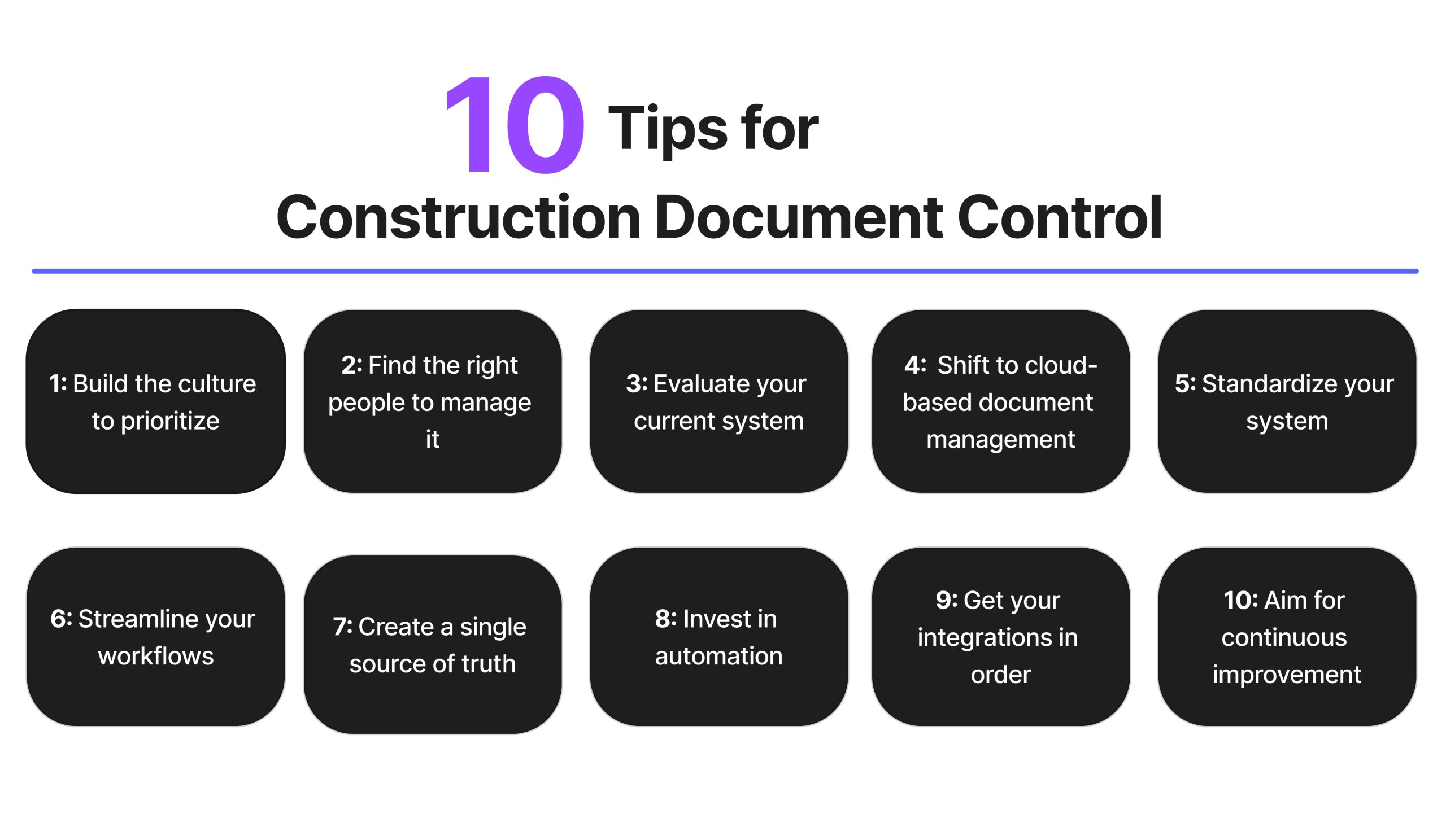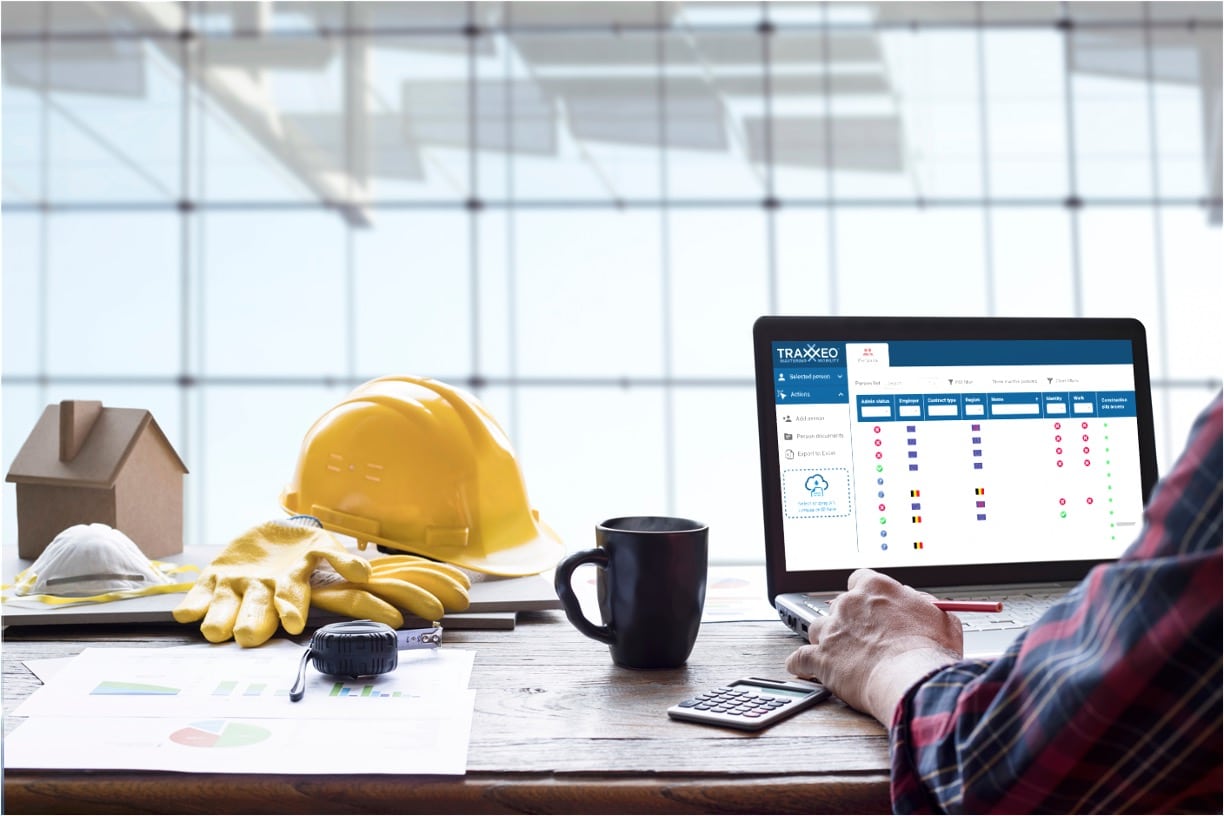Optimizing Job Partnership: Engineer's Best Practices in Building And Construction Document Management
In the elaborate realm of architectural jobs, the effective monitoring of construction documents stands as a cornerstone for success. In the middle of this complexity exists a crucial question: how can designers improve partnership procedures to improve job results?
Leveraging Cloud-Based Platforms
Leveraging cloud-based systems is an essential method for modern-day engineers in maximizing building and construction record monitoring procedures. By transitioning from typical paper-based systems to shadow options, designers can enhance partnership, enhance file availability, and improve general job effectiveness. Cloud-based platforms provide designers the capability to store, share, and update building documents in real-time, ensuring that all staff member have access to the most present details no matter their area. This ease of access advertises smooth interaction and control amongst project stakeholders, leading to less mistakes and hold-ups in the construction procedure.
Moreover, cloud-based systems offer a safe and secure atmosphere for storing sensitive task info, providing security, routine back-ups, and individual permission setups to safeguard information integrity. Architects can additionally gain from the scalability of cloud remedies, allowing them to readjust storage space ability and capability based on job requirements. Generally, leveraging cloud-based platforms encourages architects to maximize their building record management procedures, driving greater partnership, efficiency, and success in their jobs.
Executing Version Control Systems
Having actually established the benefits of cloud-based systems in building document monitoring, engineers can currently enhance their paper control procedures by applying Variation Control Systems. Version Control Systems (VCS) are necessary devices that track adjustments in documents, guaranteeing that employee are always collaborating with the current and most exact details. By implementing VCS, architects can maintain a centralized repository where all job records are stored, allowing smooth cooperation while reducing the threat of errors and version conflicts.
One trick benefit of Version Control Systems is the capability to track the total background of document adjustments, allowing users to return to previous versions if needed (construction document management). This function is particularly beneficial in construction jobs where style models and modifications prevail. VCS facilitates much better communication among team members by giving a clear audit path of who made specific adjustments and when they were made. This transparency not only boosts liability however also helps in dealing with disputes or discrepancies that might emerge throughout the job lifecycle.
Establishing Interaction Procedures
To guarantee effective and efficient job sychronisation, designers need to develop clear and durable communication procedures within their building file administration procedures. This platform might be a job administration software application, email threads, or cloud-based storage solutions.
Additionally, communication procedures must additionally consist of guidelines on just how read review to deal with problems, change orders, and urgent concerns that may occur during the job lifecycle. Developing a structured method to interaction makes sure that all stakeholders are on the exact same page, promotes transparency, and inevitably adds to the effective conclusion of the building and construction task.
Utilizing BIM Software for Sychronisation
BIM software application plays a critical role in enhancing sychronisation among job group members in the construction market. Building Details Modeling (BIM) helps with cooperation by offering a centralized system where engineers, designers, service providers, and other stakeholders can interact in a coordinated way. Through BIM software program, project individuals can access and upgrade a shared version that includes thorough info concerning the building style, construction elements, and project timetables.

Furthermore, BIM software application allows real-time partnership and communication among employee, despite their physical location. Through cloud-based BIM platforms, job stakeholders can access the most current project information, track changes, and make informed choices promptly. On the whole, leveraging BIM software application for coordination enhances task performance, efficiency, and inevitably results in successful job outcomes.
Ensuring Data Security and Conformity
In the realm of construction paper management, safeguarding data integrity and guaranteeing regulatory conformity are vital considerations for architects and various other project stakeholders. Architects have to execute robust protection steps to shield delicate project details from unauthorized access or violations. Utilizing safe and secure cloud storage remedies with file encryption protocols and gain access to controls can help minimize risks connected with information theft or loss. On a regular basis updating software program and systems, conducting safety and security audits, and giving staff training on information protection best methods are essential action in preserving a safe and secure environment for building record management.

Final Thought
Finally, engineers can optimize task collaboration in building and construction paper administration by leveraging cloud-based systems, carrying out version control systems, developing communication protocols, making use of BIM software program for control, and guaranteeing data protection and conformity. These finest methods help enhance the construction procedure, enhance communication amongst project stakeholders, and boost efficiency in job distribution. By complying with these standards, architects can successfully manage building and construction files and facilitate effective project results.
Via BIM software application, task participants can access and upgrade a shared design that includes thorough information concerning the building layout, building parts, and project routines.
Through cloud-based BIM platforms, job stakeholders can access the most recent project info, track adjustments, and make notified check that choices immediately - construction document management. In general, leveraging BIM software program for coordination enhances project effectiveness, efficiency, and eventually leads to effective task end results
In conclusion, architects can enhance task collaboration in building record management by leveraging cloud-based platforms, applying version control systems, establishing communication protocols, using BIM software for sychronisation, and making certain information security and compliance. These best techniques aid simplify the building process, enhance interaction amongst project stakeholders, and improve efficiency in project shipment.